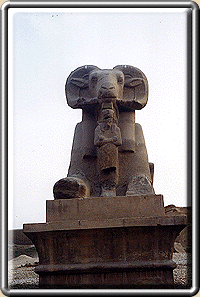mirage41
Account Disabled
- Messages
- 81
- Reaction score
- 1
Actually, I should also point out that horned helmets are noted battle-gear for several ancient civilizations.
yeah. so? The horns are not just any horns. They are rams horns. The horns of AMON. Alexander the Great was anointed as the SON OF AMON.

http://en.wikipedia.org/wiki/Amun
Likewise, in Libya, there remained an oracle of Amun in the desert, at the oasis of Siwa. Such was its reputation among the Greeks that Alexander the Great journeyed there, after the battle of Issus, and during his occupation of Egypt, in order to be acknowledged the son of the god. Even during this occupation, Amun, identified as a form of Zeus, continued to be the great god of Thebes,
Last edited:

